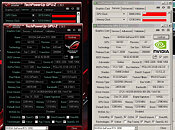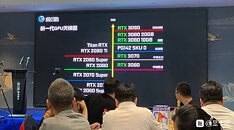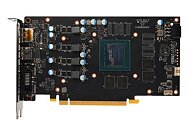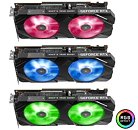
GALAX GeForce RTX 3090 Hall Of Fame (HOF) Edition GPU Breaks 3 GHz Barrier and 16 World Records
GALAX has just yesterday launched its top-end GeForce RTX 3090 Hall Of Fame (HOF) edition graphics card. Designed with overclocking in mind, the card was spotting many interesting design solutions like 12 layer PCB, 26 phase VRM power delivery configuration, and three 8-pin power connectors. If you were wondering if any application is going to use that much power and if all of that is really needed, don't search for an answer any longer, because GALAX has managed to break some world records with its HOF design. According to the company, the cards sent to overclockers have managed to break 16 world records, which you can find listed below.
Overclockers like OGS from HwBox Hellas OC Team and Rauf from Alza OC have managed to push their HOF cards over the 3.0 GHz barrier, which represents the first GeForce RTX 3090 graphics card to achieve such frequencies. Having the right design. OGS has managed to OC the HOF design to 3015 MHz, while the overclocker Rauf has managed to pull off exactly 3000 MHz. You can find their HWBOT entries in the source.
Overclockers like OGS from HwBox Hellas OC Team and Rauf from Alza OC have managed to push their HOF cards over the 3.0 GHz barrier, which represents the first GeForce RTX 3090 graphics card to achieve such frequencies. Having the right design. OGS has managed to OC the HOF design to 3015 MHz, while the overclocker Rauf has managed to pull off exactly 3000 MHz. You can find their HWBOT entries in the source.
















































































